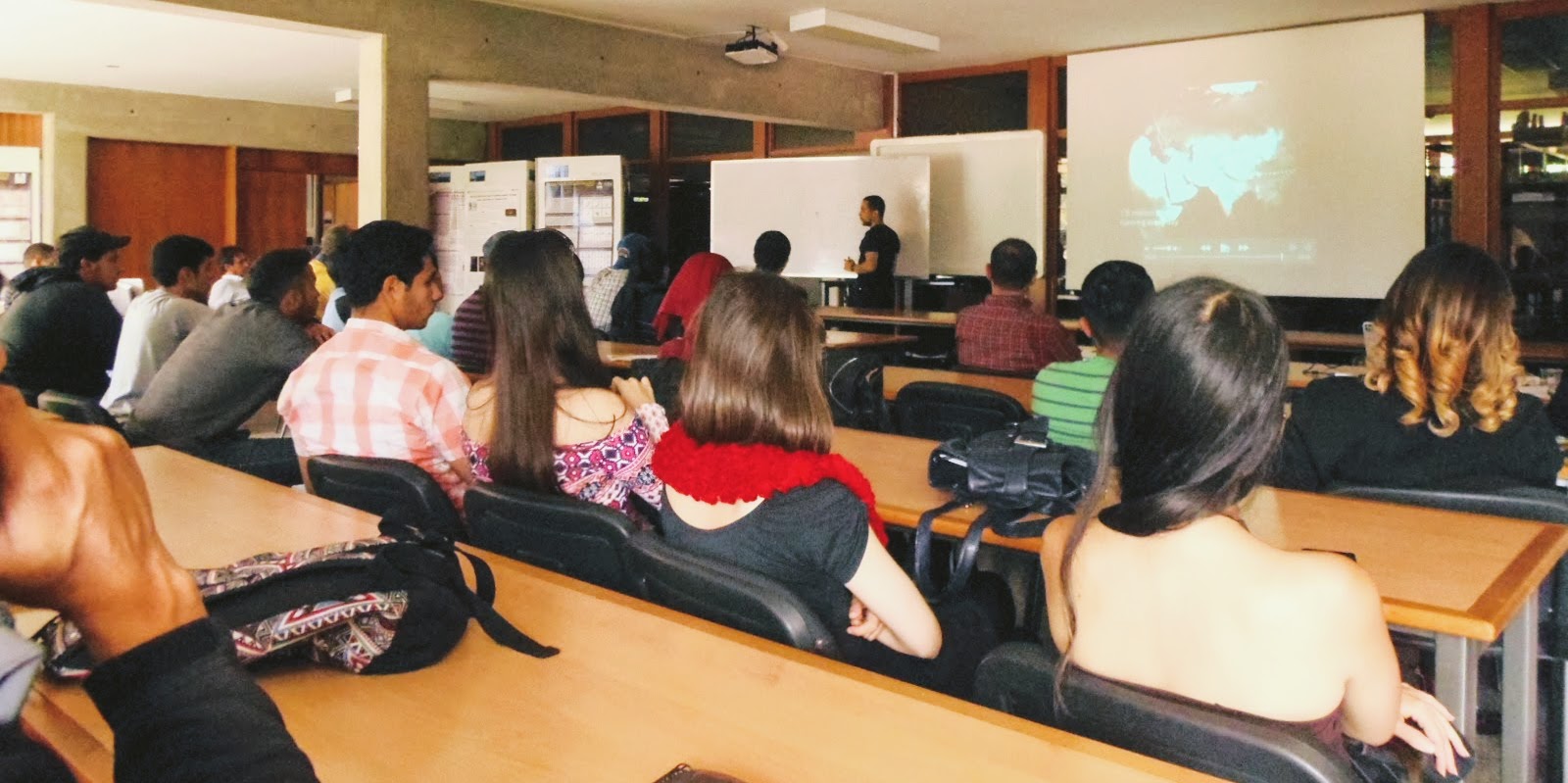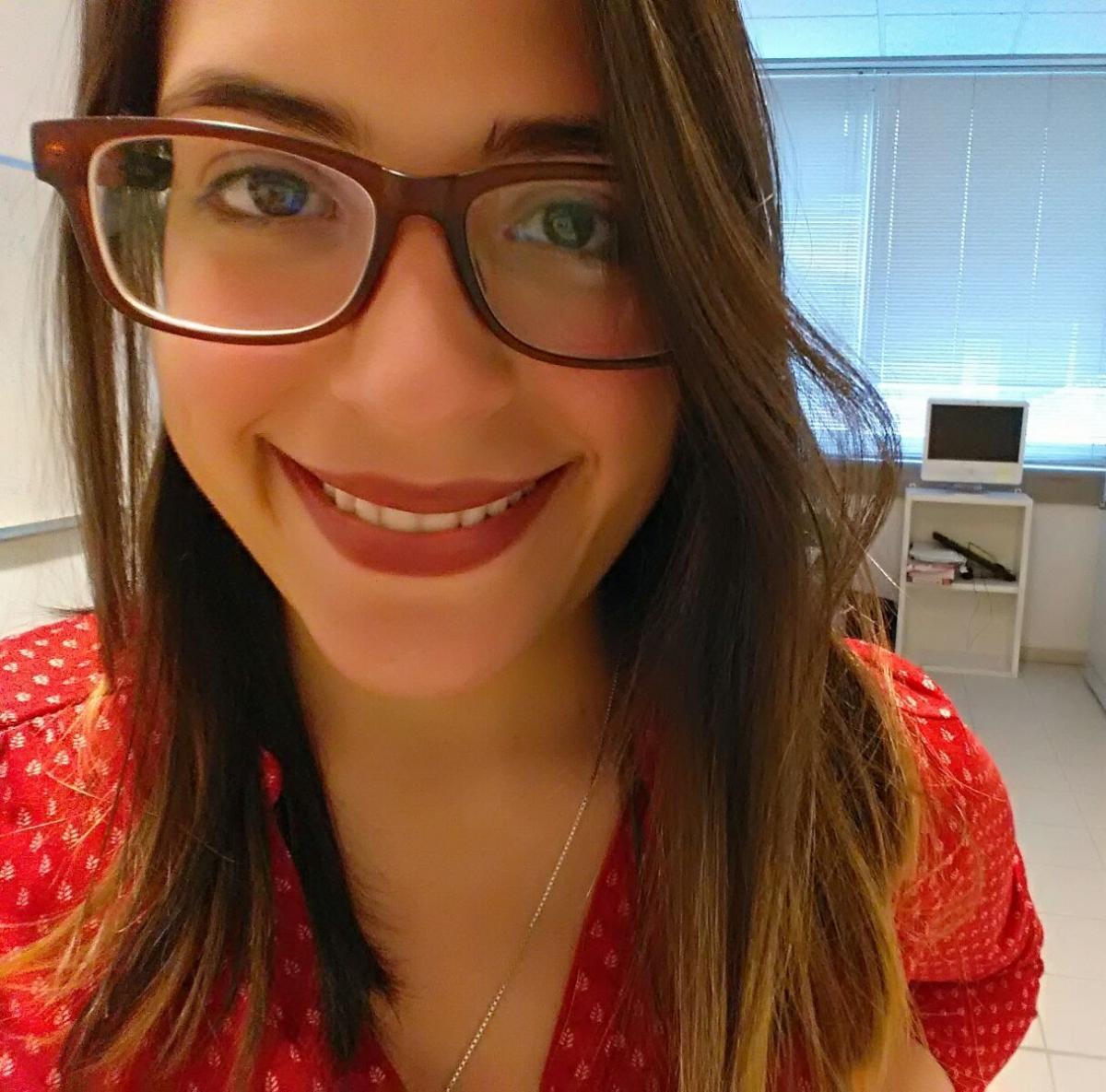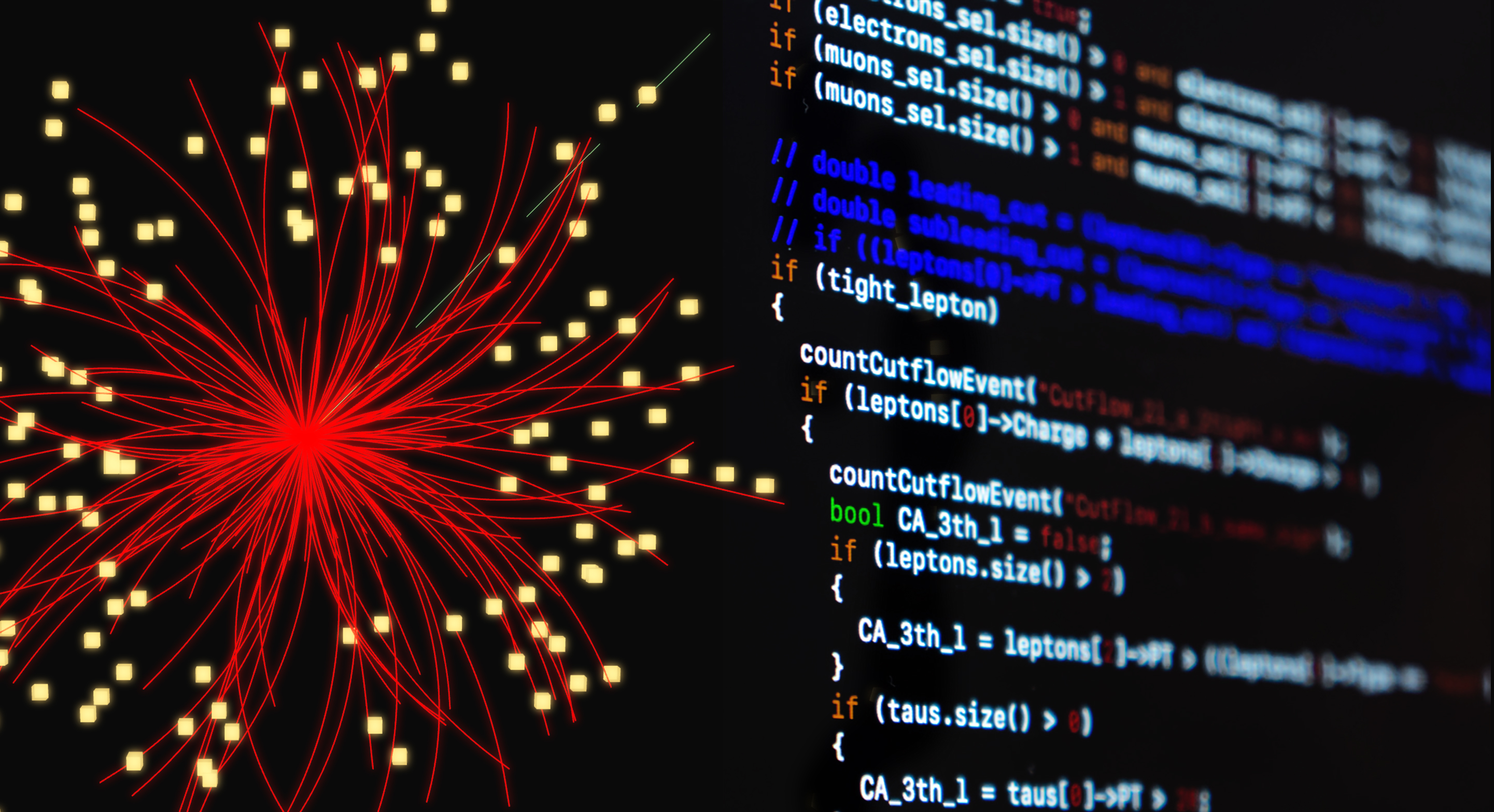Boosting high-energy physics education around the world with ATLAS Open Data
26 July 2018 | By

Since the beginning of ATLAS, collaboration members have devoted hours, days, weeks and months teaching High Energy Physics (HEP) to anyone willing to listen. But sometimes those willing to listen do not have the means, especially when oceans and continents separate them from our experiment in Geneva. How can we overcome these geographical distances to allow anyone interested in HEP to learn?
I work on the ATLAS Open Data project, which has created a means for anyone, anywhere to learn about and work with HEP data. This project delivers data recorded by the ATLAS experiment, together with useful simulated data. Along with these datasets, we released several educational resources, documentation and support, plus analysis software that relies on other very well-known Open Source projects like ROOT at CERN.
The fact that the ATLAS Open Data project’s data samples and resources are Open Access allows for their reuse – and enhancement – by non-members. A group of professors and students in Venezuela have taken advantage of this opportunity to create a formal learning environment with ATLAS Open Data resources.
Two case studies: studying HEP in Venezuela
Several Venezuelan universities now use the ATLAS Open Data resources to teach and to develop HEP university theses. This is happening at both the undergraduate and graduate levels.

Iskya Garcia, a graduate student of Universidad Central de Venezuela (UCV), had experience working with large collaborations and datasets before working with ATLAS Open Data. During her undergraduate years at UCV, Iskya wrote a thesis based on data from the Latin American Giant Observatory (LAGO) collaboration at the Pierre Auger Observatory located in Argentina. When she started her master’s program at UCV under my supervision, Iskya used data from the ATLAS Open Data repository, which was collected in 2012.
“The main subject was the development of cut-and-count analyses for the search of dark matter candidates using reconstructed jets of particles,” Iskya explained. “These are produced due to the presence of quarks and gluons after the proton-proton collisions at the LHC.”
Iskya simulated other dark matter candidates using open sources HEP software like Pythia and Delphes. Before her thesis defense, Iskya moved to Argentina to develop her professional activities. But thanks to the wonders of modern communication, Iskya was able to present her thesis from Argentina, while the jury qualifier was in Caracas and her supervisor in Geneva.

Another student at UCV, Maria Di Domenico, did her undergraduate thesis in physics using the ATLAS Open Data resources. "In my thesis, I studied and produced a set of analyses with the end of reconstructing the invariant masses of the W, Z and Higgs bosons,” Maria said. “My work was performed using a cloud computing platform called SWAN, developed and localised at CERN, and based on Jupyter notebooks (Open Source web-based technology) and ROOT. The final product: a set of self-explained notebooks showing the physics and the programming elements needed for this kind of “cut-and-count” reconstruction. These notebooks will be used as educational resources for university-level HEP teaching and outreach in the ATLAS Open Data portal.”
Maria has since graduated from UCV and is now a CMS PhD candidate living in Pisa, Italy. Unlike Iskya, Maria, her supervisor, and her jury were all present at UCV for her thesis defence in October 2017.
These two beautiful stories of collaboration and passion remind us of the importance of sharing knowledge and resources worldwide. We continue following this path of openness, already working with new students from around the world.
We cannot conclude this story without sharing their final products: both Maria’s and Iskya's thesis documents are available in the CERN Document Server, another Open Access publication platform hosted at CERN.




